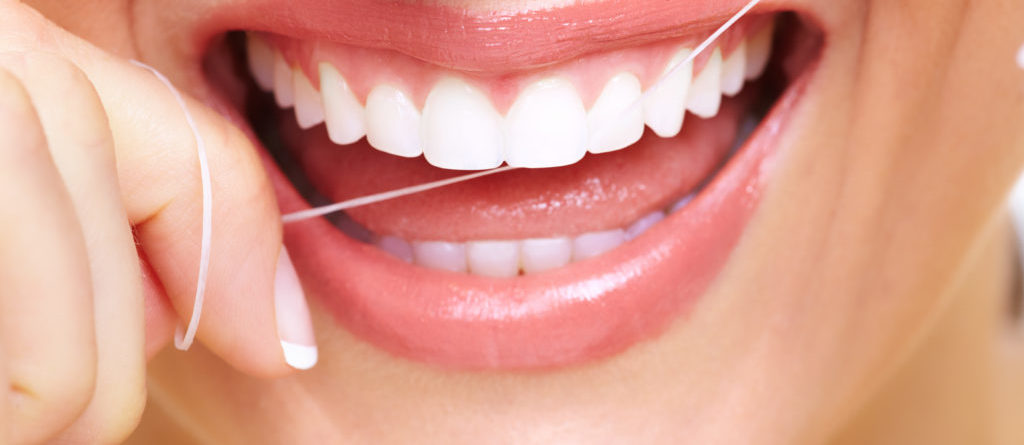Brushing your teeth is important to prevent the build up on plaque on and between your teeth. But brushing alone can only remove 60% of plaque, leaving the remainder free to cause infection and disease. In order to remove as much plaque as possible and prevent infection it’s necessary to floss in between teeth.
What is Flossing?
Flossing is a technique used to target the plaque caught between teeth. Able to access hard-to-reach places in the mouth, the thin material can be used to pull debris left after eating, so preventing the growth of bacteria. If plaque is left between teeth it can harden into tartar, a hard mineral deposit that requires professional removal to prevent the onset of infection.
If the correct technique is used, flossing can be used to prevent a number of potential oral hygiene issues including decay, tooth and root infections, gum disease and bad breath. Although not an alternative to traditional brushing, flossing is a beneficial addition to your routine and will target areas of your mouth that are vulnerable to cavities.
The correct technique
Using the correct technique is important to gain the full benefit of flossing. First, you must ensure you have the right length; around 18 inches wound around one of your middle fingers on each hand.
Using your thumb and forefinger, gently insert the floss in between two teeth, curving the floss into a “C” shape against the side of the tooth. Once the string is in position, gently pull the string down along the edge of the tooth, moving from the gum line down towards the edge.
This process should then be repeated for the adjacent tooth and then on all other teeth along the top and bottom of the mouth, ensuring that minimal pressure is used to avoid pushing debris against the gums. It is also important to use this technique behind your back teeth to prevent the build up of bacteria between the tooth and gum.
There are some special varieties of floss available for those requiring flossing in between crowns and bridges, which prevent the build up of bacteria without compromising the structure of the artificial tooth.
It is possible that you may experience bleeding when you first begin flossing, which is an indicator of disease. If you continue to floss the bleeding should eventually subside. However, it is important to seek advice from your dentist if the bleeding persists or if you require more information.
How often should I floss?
You should floss in between each of your teeth at least once a day to make sure debris doesn’t build up between your teeth. As part of your daily oral routine, flossing can prevent a number of dental issues caused by a lack of inter dental cleaning.

